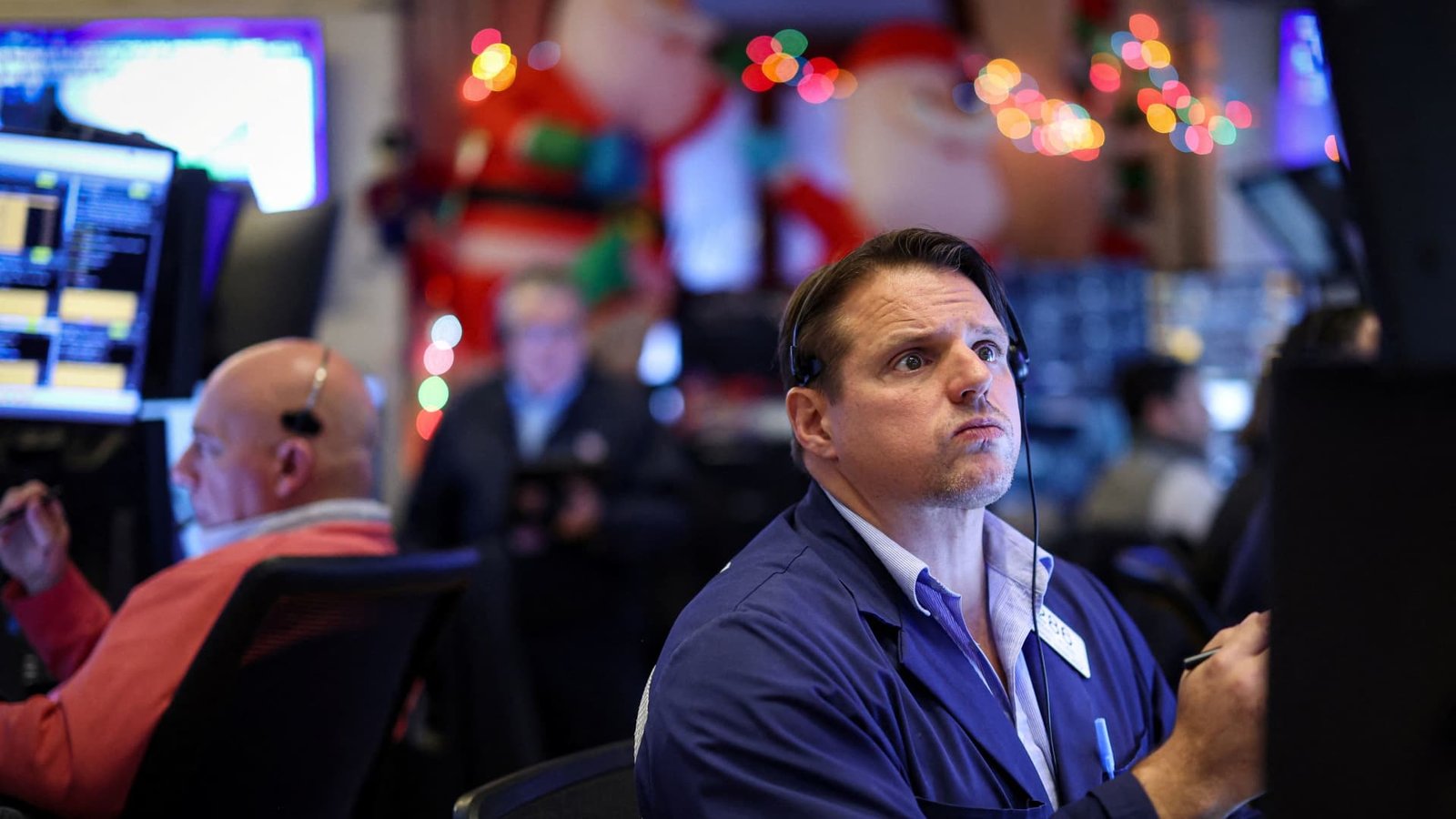Physical Address
304 North Cardinal St.
Dorchester Center, MA 02124

Wall Street is out with its outlook for 2025, and while strategists are optimistic that stocks can still rise, they also predict a turbulent market next year. The S&P 500 is expected to end next year at 6,630, according to the average forecast from the CNBC Market Strategist Survey released Friday. That level represents a 9.6% advance from where the S&P 500 closed on Thursday, in line with the broader market’s historical returns for any year. According to the survey, the S & P 500 is expected to end 2025 at 6,600, also a 9% gain. Here are the current top strategists’ 2025 goals: Max goal: 7,100 — John Stoltzfus, Oppenheimer Min goal: 6,400 — Jonathan Golub, UBS Average goal: 6,630 Average goal: 6,600 (Pro subscribers can track the strategist survey throughout the year like here they update their forecasts.) Investors fully expect bull markets They continue in 2025, but remember that the rally will not be nearly as rewarding in the third year after the gains of the first two. The S&P 500 rose 27% in 2024 after rising 24% in 2023. “There are strong headwinds for equities in 2025,” Tom Lee, head of research at Fundstrat Global Advisors, wrote in his forecast. “But we see this as a ‘two-year’ story.” Lee, who expects the S&P 500 to close at 6,600 in 2025 after reaching 7,000 at the midpoint, said stocks historically do worse in the second half of the three-year period. bull market .SPX YTD mountain S & P 500 However, none of the strategists surveyed expect the market to end next year lower than it is now, which is different from earlier this year when recession fears prompted some very bearish forecasts. The highest target identified in the 2025 survey is Oppenheimer’s John Stoltzfus, whose 7,100 target represents a 17% move higher from Thursday’s close. The lowest target is UBS’s Jonathan Golub, who expects the S & P 500 to rise to 6,400, representing a gain of about 5%. Predicting where the market may land in a year can be a tough job. Last year, strategists on average expected the S&P 500 to end 2024 at 5,705, which the index surpassed for the first time in September. (Read here to find out how strategists fared this year.) Strong economic activity There are many positives in today’s market, according to Wall Street. The strong macroeconomic picture, as reflected in the spread of market winners, is driving a strong outlook for earnings growth next year as many strategists expect the bull run to continue. Additionally, easing interest rate expectations and President-elect Donald Trump’s pro-business policies are believed to be additional positives for the market, especially for cyclical assets most closely linked to economic fortunes. Binky Chadha, chief U.S. equity and global strategist at Deutsche Bank Securities, said the expectation of roughly 11% earnings growth in 2025 is behind the year-end forecast for the S&P 500 at 7,000. Strong business activity, including increased acquisitions and spending on mergers and acquisitions, is expected to bolster the stock market as well. “One key reason to be constructive is to actually be constructive (in the business cycle),” Chadha told CNBC. “The expansion of the market from the market lows on October 27, 2023, along with the constant balance and rotation between sectors, market caps (large, mid and small stocks), styles (growth and value) and cyclicals and defenses suggest to us that the current bull market probably has quite strong legs. to climb the proverbial “wall of worry” until 2025. Oppenheimer’s Stoltzfus wrote in his vision. Another driver behind the markets is the spending of profits from artificial intelligence and AI innovations, which could start to drive other sectors as megacap tech stocks begin to “share center stage” with the broader market, Stoltzfus said. What they’re worried about But that doesn’t mean there aren’t significant challenges either, considering tariffs are the number one risk for many strategists, who they believe will be inflationary. Trump has threatened tariffs of 60% or more on Chinese goods, and has vowed to impose tariffs of 25% on all imports from Mexico and Canada. That risk doesn’t worry other strategists, who expect Trump’s deregulatory efforts to offset any damage from tariffs. “At this point we still don’t have enough information about Trump policy to build on our fundamental framework with any confidence,” Citigroup’s Scott Chronert wrote in his outlook. “Prior work has shown that tariffs are likely to create a drag on earnings. However, we must accept uncertainty and possibility. Our instinct is that the effects of policy will ultimately prove only marginal to consensus.” “Regarding whether tariffs and trade wars will disrupt the business cycle, our working view is that they will not,” said Deutsche Bank’s Chadha. A key concern for investors is how expensive the market is, with some strategists looking for returns outside of the S&P 500. Savita Subramanian, head of US equities and strategy at Bank of America Securities, prefers the S & P Equal Weight Index. The traditional S&P 500, which is ranked by each company’s market capitalization. He noted that the market-cap index is expected to spit out returns in the “low single digits” over the next decade, and that gains for the equal-weighted index are expected to rise 5% to 6% per year. “A lot of clients are concerned about buying the S&P today, given how high its valuation is, and our counterargument is, well, if you look at the S&P 500 average, it’s trading at a huge discount to the index, and it’s really good for returns. Subramanian told CNBC. Elsewhere, Goldman Sachs’ David Kostin expects the S&P 500 to end next year at 6,500, as does Morgan Stanley’s Mike Wilson. BMO Capital’s Brian Belski sees a rise to 6,700, while UBS forecasts 6,400 for next year.



